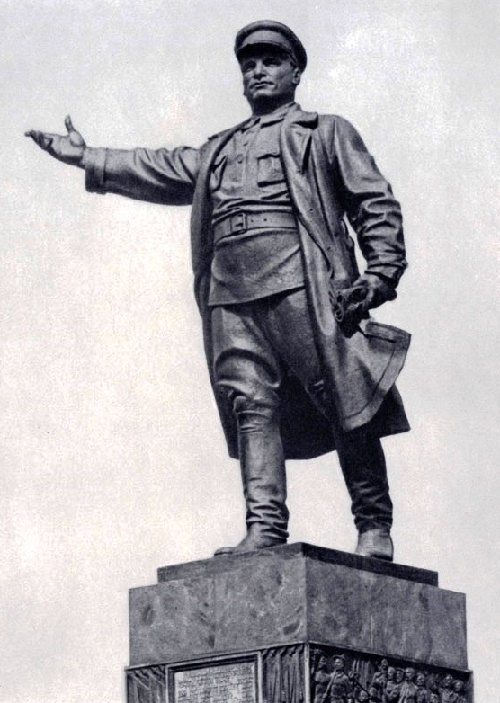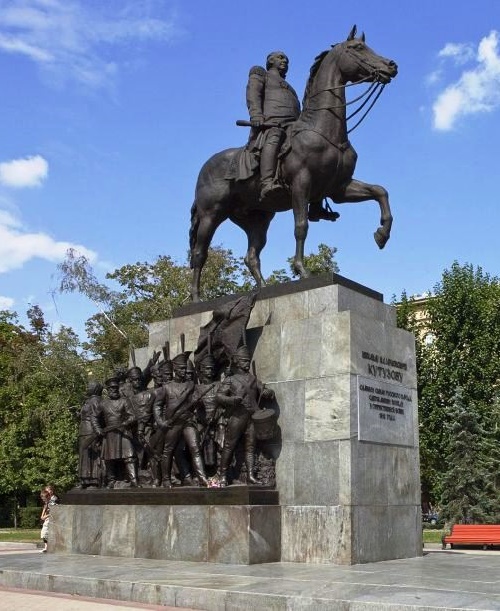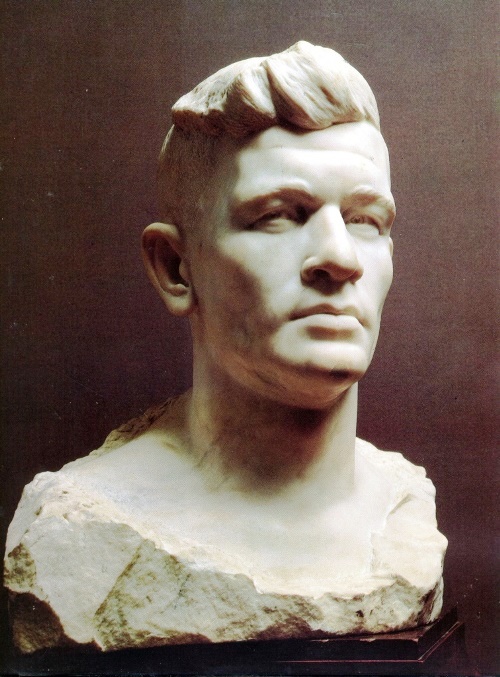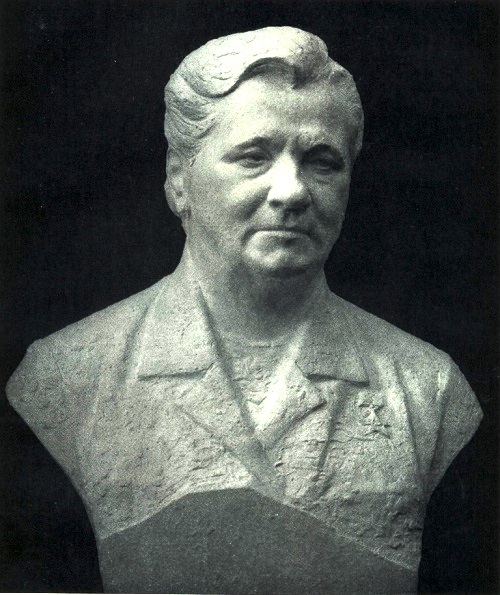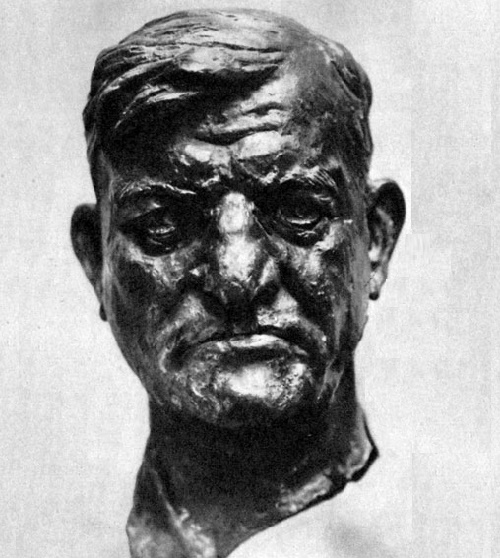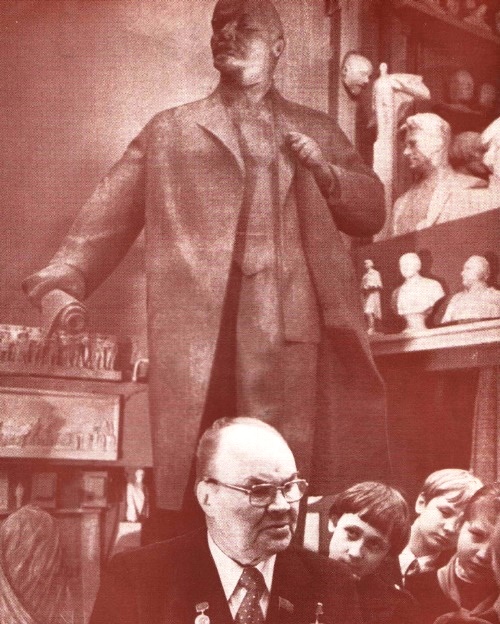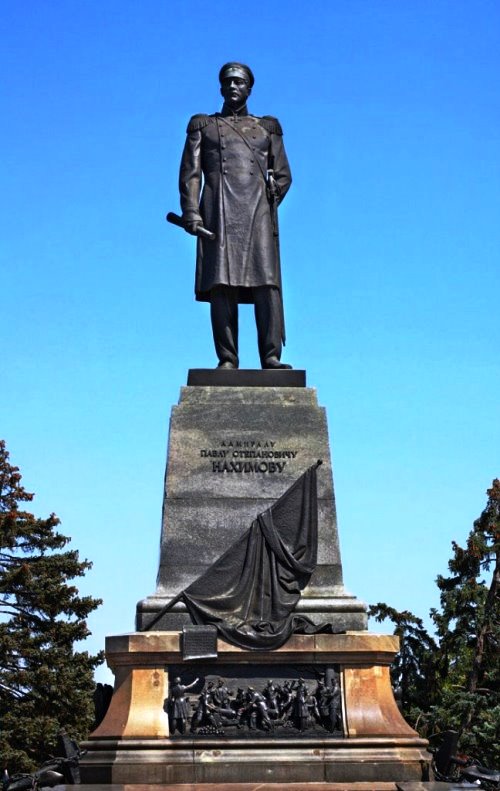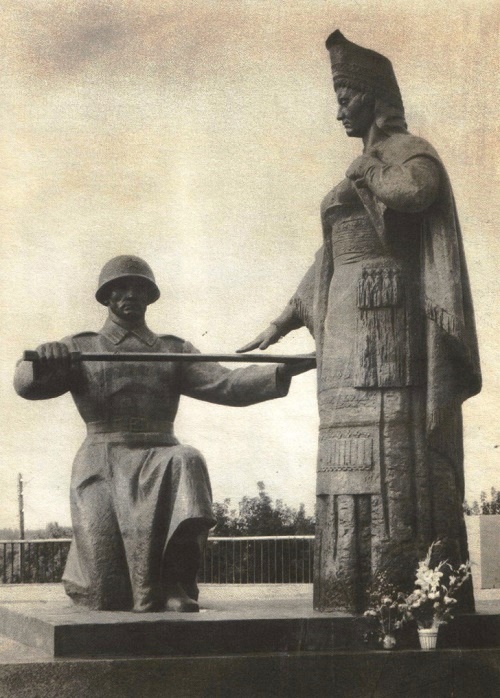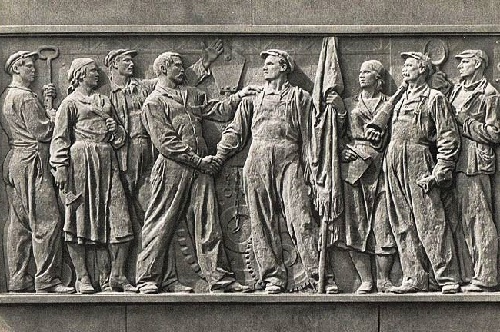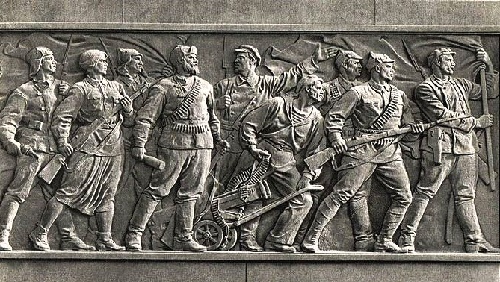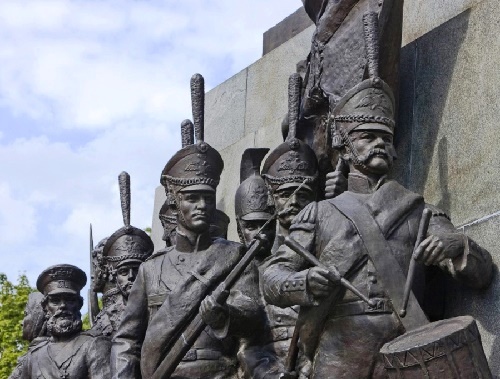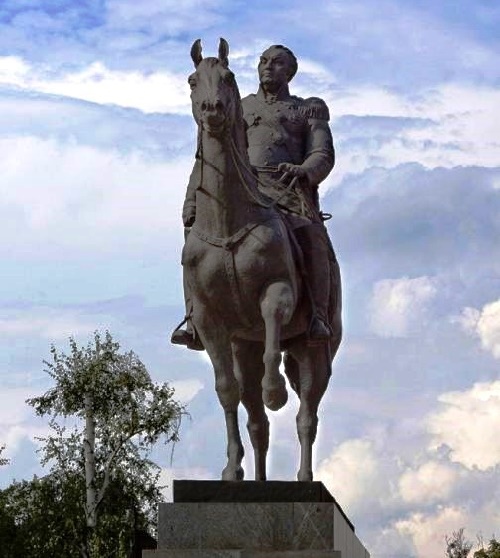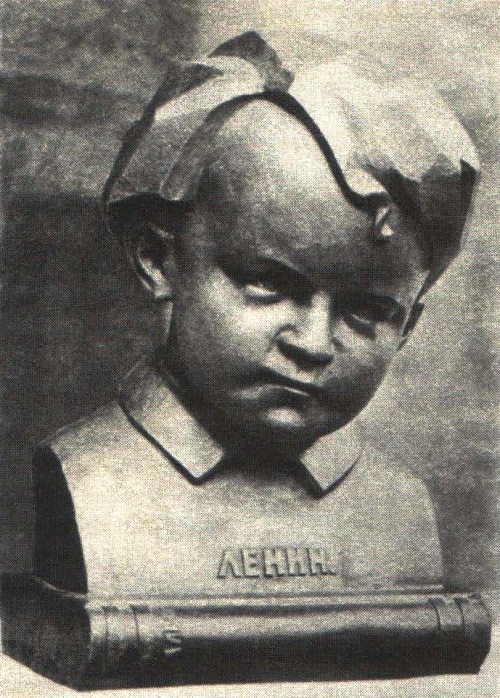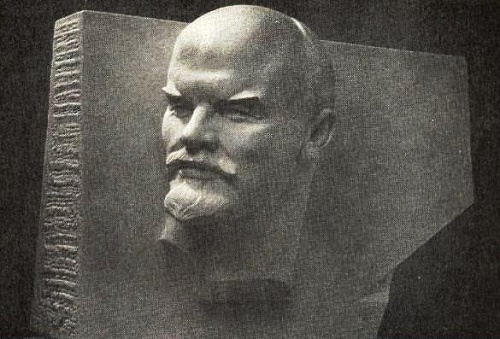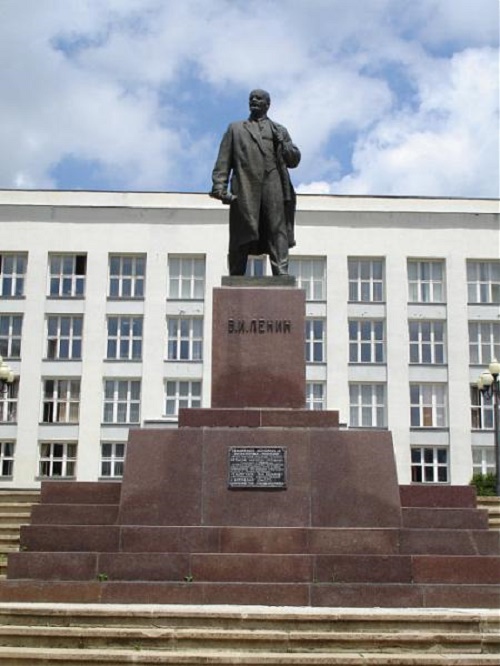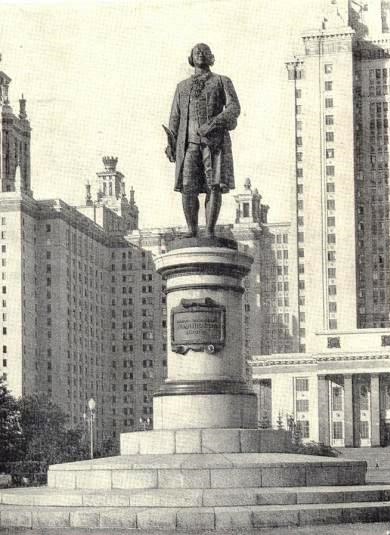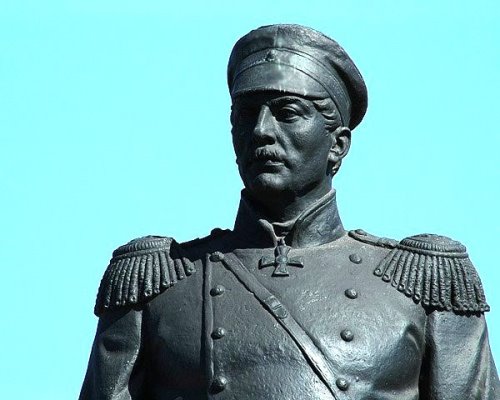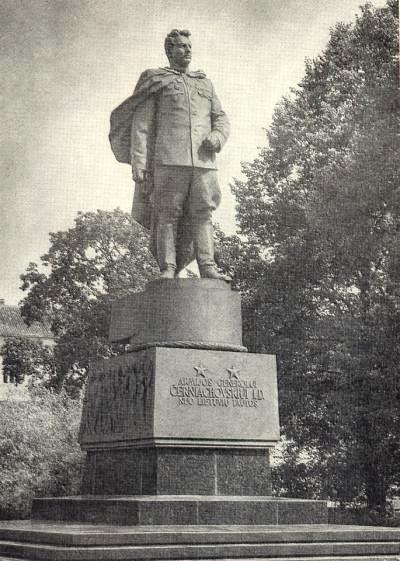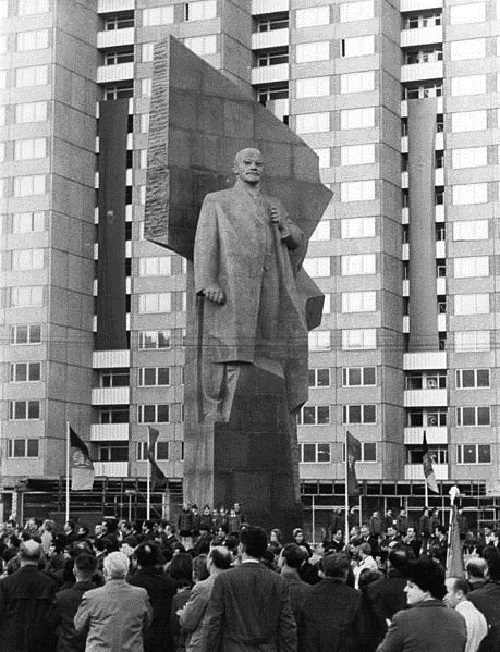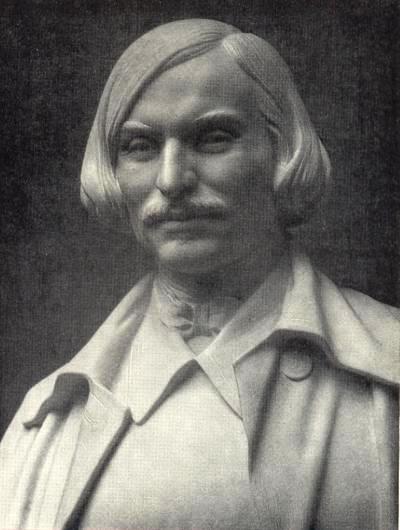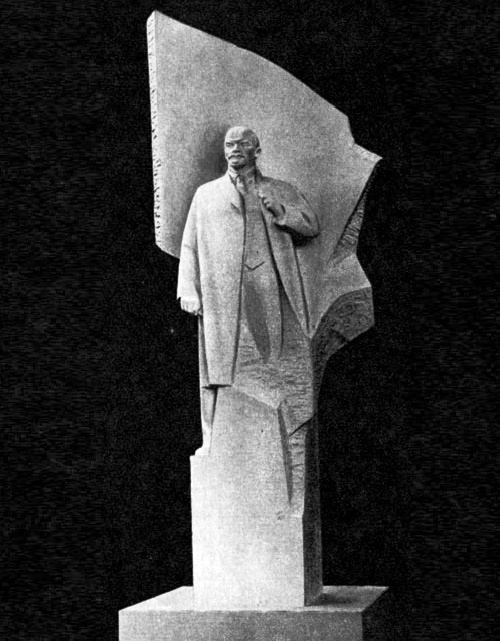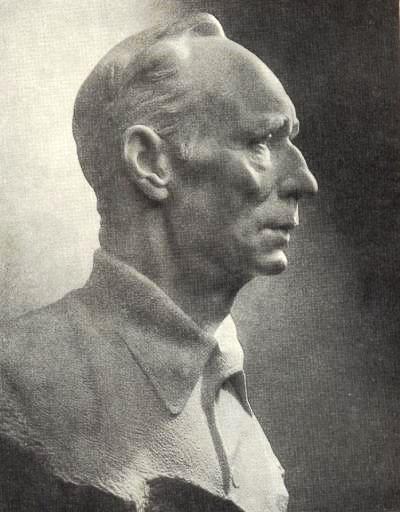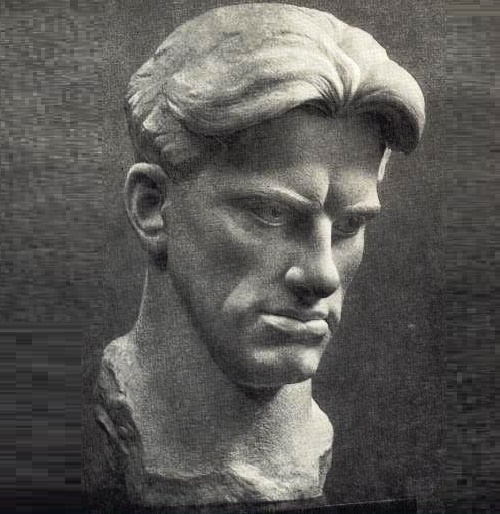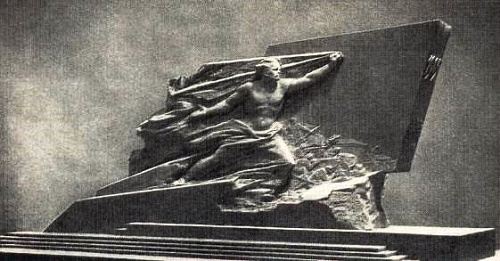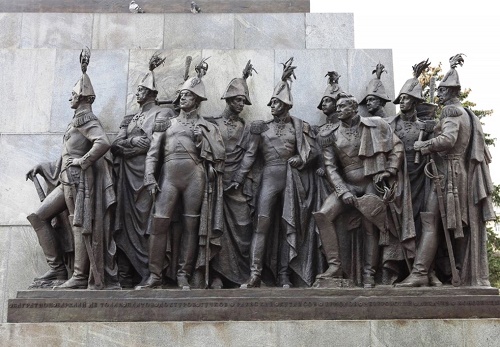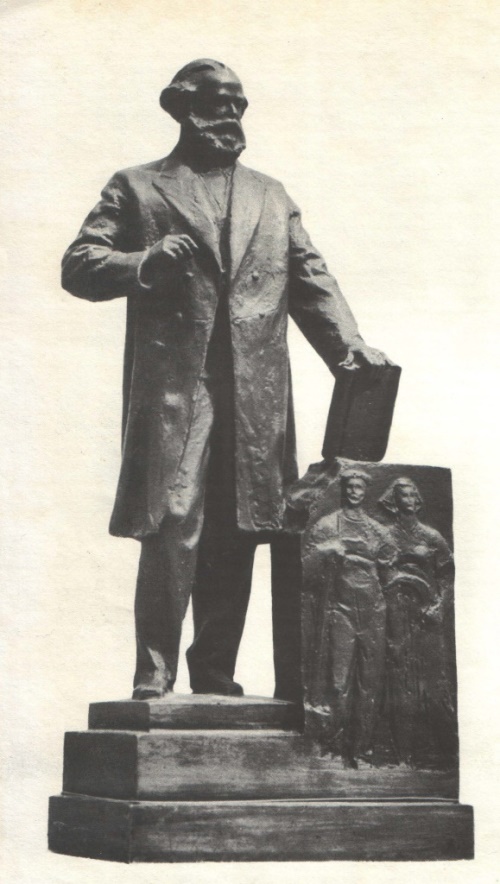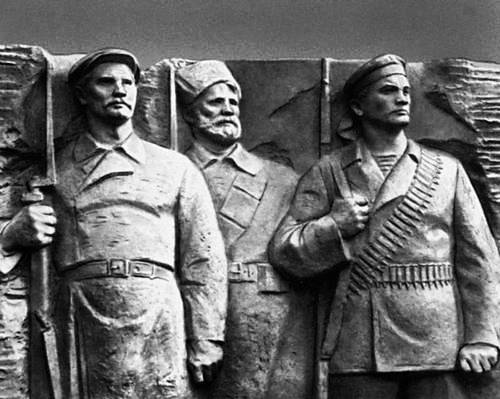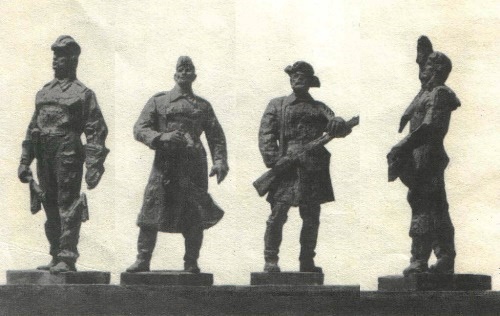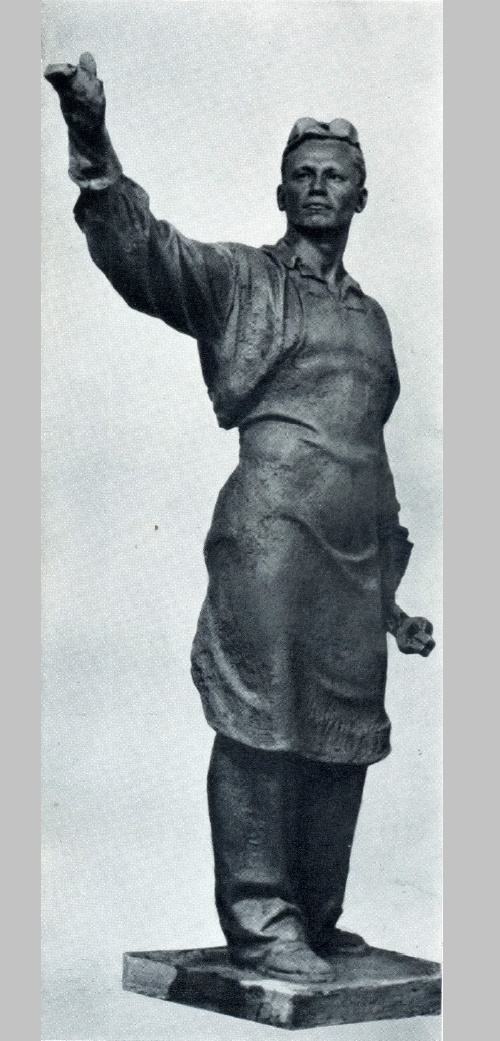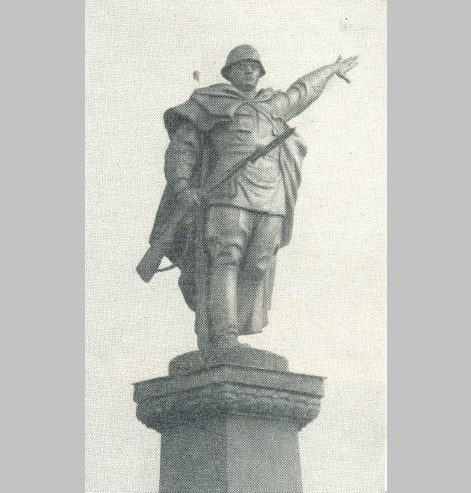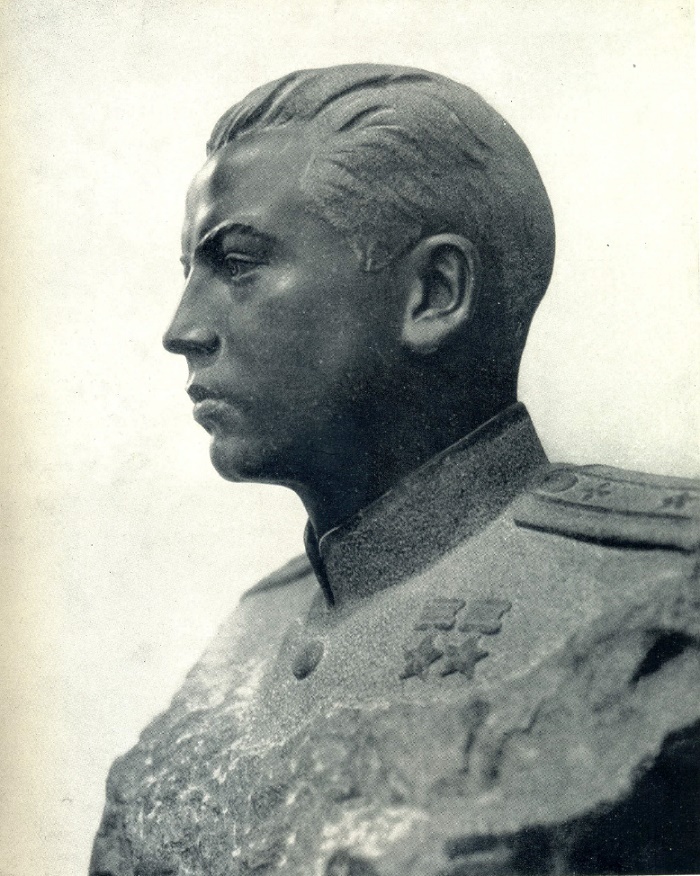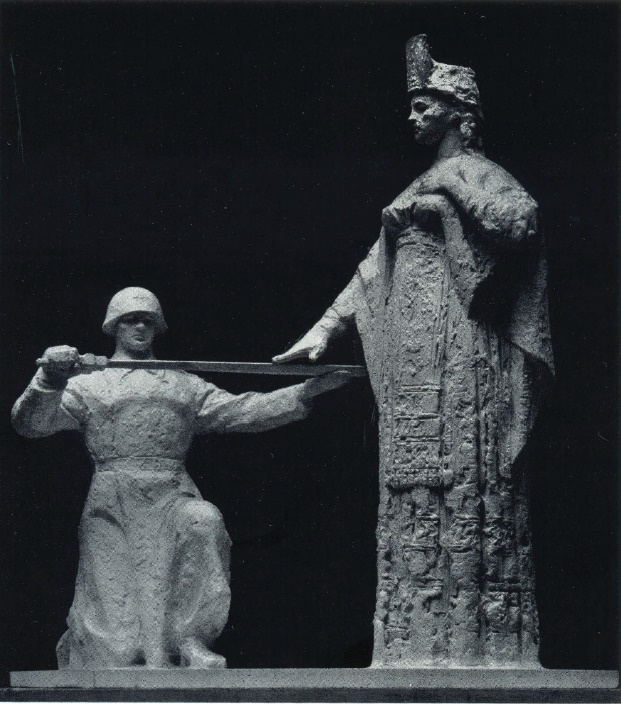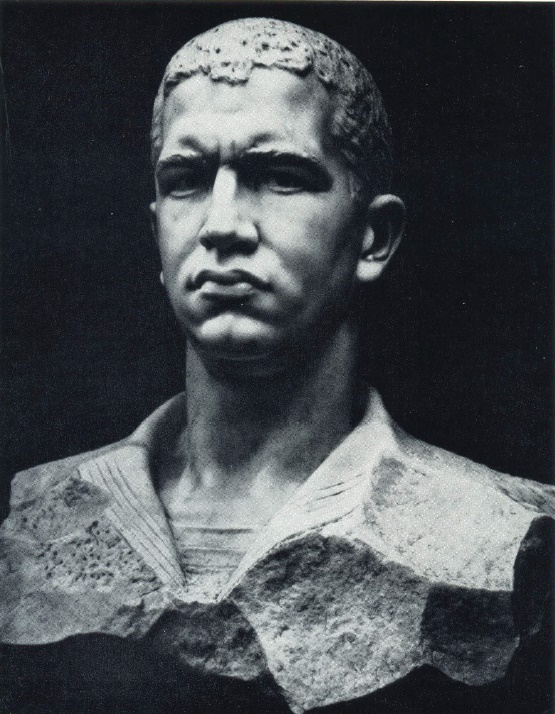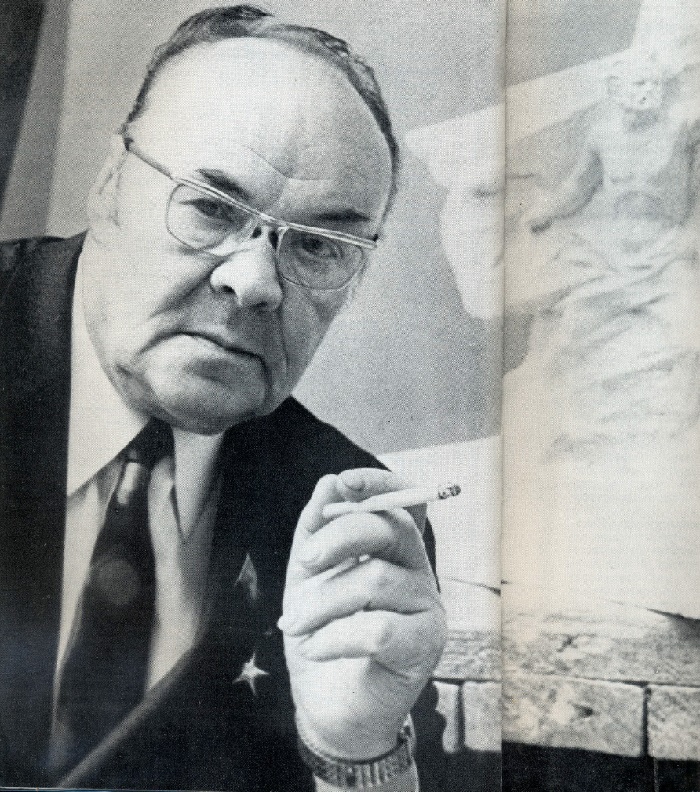Soviet sculptor Nikolay Tomsky 1900-1984

The soldiers and guerrillas, going into battle. High relief of the monument to Mikhail Kutuzov in Moscow. Bronze, granite. 1973. Soviet sculptor Nikolay Tomsky (6 December 1900 – 22 November 1984)
Soviet sculptor Nikolay Tomsky (6 December 1900 – 22 November 1984) –
Academician of the Academy of Arts of the USSR (1949, Corresponding Member of 1947), People’s Artist of the USSR (1960), and Hero of Socialist Labor (1970). Laureate of Lenin (1972), five of Stalin (1941, 1947, 1949, 1950, 1952) and the USSR State (1979) Prizes. Member of the CPSU (b) since 1950.
In human nature inherent desire for beauty. And art – one of the forms of human activity, revealing the most beautiful in life and especially in man. Such an understanding of the high purpose of art evolved in Tomsky for many years. He appealed to the image of the builder of the new society, the image of a Communist. As a student of the Higher School of Fine Arts in St. Petersburg, he, a former peasant and a soldier, thought about the main theme of which he will work.
From the memories of the sculptor: “At that time, I performed my first portrait of Vladimir Ilyich Lenin. … Wanted to emphasize it that Lenin’s ideas are immortal … So my art became associated with the image of Lenin – the image of a communist, a fighter for a wonderful future His dedication, generosity, steadfastness to achieve a great goal I wanted to bring into the sculpture.”
Life itself seemed to offer opportunities for acquiring skills. At the suggestion of his teacher Vsevolod Lishev, master realist, he spent several years working on the restoration of monumental and decorative sculpture of Leningrad. This enriched creativity very much, and gave much to the study of plastics, especially forms of the human body. Fascinated, he began to seriously study the Russian classics, creativity of Fedot Shubin, Mikhail Kozlovsky, Fedos Shchedrin, Ivan Martos, and Vasily Demut-Malinovsky. Their immortal works have uncovered the secrets of the high precious realistic skill.
But the great city on the Neva River has inspired not only with its past. Even more attracted powerful, daring, and truly creative present. Then, in the early 1930s, Sergei Kirov headed the Leningrad communist party. In the revolutionary Petrograd he was incredibly loved by all. Especially workers. Priceless school of truth in art was the work on the image of Kirov.
Years passed. In full growth in front of humanity rose first citizen of the first state of workers and peasants, the creator of a new society with spiritual forces, opening up to people, and ready for heroism. The image is truly worthy of art!
The exhibition “Industry of Socialism” 1937 Tomsky conceived portrait of a noble worker. He went to the factory with a request to show the best blacksmith working in the modern workshop.
There he noticed a strong, tall man, powerfully commander of Gromada mechanism. Directing huge pincers detail, master, by switching, made heavy hammer obediently move up and down. Sculptor paused in admiration: “What a creative joy – embody the art of our Soviet character!”
“To fully realize the hero and become visible his the true spiritual beauty, during the sessions I’m talking to those on whose portraits I work. I try to find out what and how a person lives, what the meaning of life he sees, and what his purpose is.”
“Every meeting with a new hero became for me not just a meeting of the sculptor and his model, but developed into a creative dialogue as if life itself, with great people, selflessly building the future, and confident in the rightness of their cause. However, most important is the depth of thought and feeling, ideological, strong-willed character, and desire to defend world peace. Raising such a skill, wherever I had happened to work, I tried to find interesting people. This was in Sevastopol and Rome, Vologda and Paris, Krakow and Saransk, Volgograd and Sofia, in the Georgian farm and in the office of the Polish communist”.
“Abroad, as nowhere else, you feel ambassador of Soviet art. Having got acquainted in Paris with the French communist miner Joseph Gelton, I had a great desire to do his portrait. He drew with the man’s temperament, expressive modeling brave face, which reflected all the senses. And this is the first session in the studio of the famous French sculptor George Coste, the disciple of A. Rodin and Bourdelle. Just I started – there were about eight young artists from different countries who came to learn from the master. Standing behind, looking closely, they were whispering. I finished portrait. My portrayed stood up, said goodbye and suddenly, already at the door with some hot triumphantly exclaimed, turning to the audience: “That’s how we have to work!” These were the words of encouragement to the Soviet realistic art. And, apparently, the portrait was good … .
“Portrait always serves as a basis to create monuments. On the 150th anniversary of the Battle of Borodino, I worked on the monument to Kutuzov. It was very close to me, an ex-soldier, the theme of Russian heroism. I experience the excitement and pride because had to re-create one of the greatest feats of my people. Kutuzov is depicted in the climax of the historical drama: the decision to leave Moscow … then I learned all the documents, works by historians, the works of art of a great battle and its heroes. Along the pedestal stood “Warlords”, “guerrillas” … the sons of Borodino!”
“Everyone deserves a monument. Characters winners over Napoleon appeared before me alive particularly because of the recent work on images of Soviet soldiers, who defeated fascism – pilots, twice and three times Hero of the Soviet Union. I started then with a portrait of my dear defender of Leningrad PA Pokryshev”.
“We all know too well the cost of a great victory – countless victims, and how much the war has taken away from our people, and every Soviet family. So will humanity do not have enough intelligence, wisdom, and strength, to destroy war forever?! People need to declare war on the planet most grave evil”.
“Not the last word in the holy and noble cause of protecting the world belongs to us, the artists. Art brings together and unites people and helps them to better understand each other. For its existence and development we need peace. Let us remember the old wisdom: “When the cannons speak, the Muses are silent” … Today, all the honest people do not have more important things to do and worry than the prevention of war. And for an artist, no matter where he lives, there is no more honorable mission than to help defend the peaceful life on the planet. We may share differences in outlook, but should unite the main thing – the fight for peace”.
“More than twenty years ago, I met with Pablo Picasso. We had a long conversation with him, hotly debated. We have a variety of artistic concepts and tastes. But we parted as friends who share the same sacred and dear to every word “peace.”
Tomsky worked on the monument to Mikhail Kutuzov. The bronze sculpture depicts the commander in dress uniform, on horseback, as if to inspect the field of battle. The sculptural composition consists of 26 pieces of officers, soldiers, and militia members – involved in the fighting against the French. They embody specific images of historical figures, passing a portrait resemblance to the characters in 1812. Among them generals P.I.Bagration, A.P. Yermolov, M.I. Platov, N.N. Rayevsky, partisan and poet D.V. Davydov. The inscription on the pedestal reads: “To Mikhail Kutuzov, and the glorious sons of the Russian people, victorious in the war of 1812”.
Nikolai Vasilievich Tomsky (real name – Grishin, 1900-1984) – a prominent Soviet sculptor, teacher, professor. President of the USSR Academy of Arts from 1968 to 1983.
Sources:
magazine Young Artist, 11-1980
Soviet Art illustrated albums

